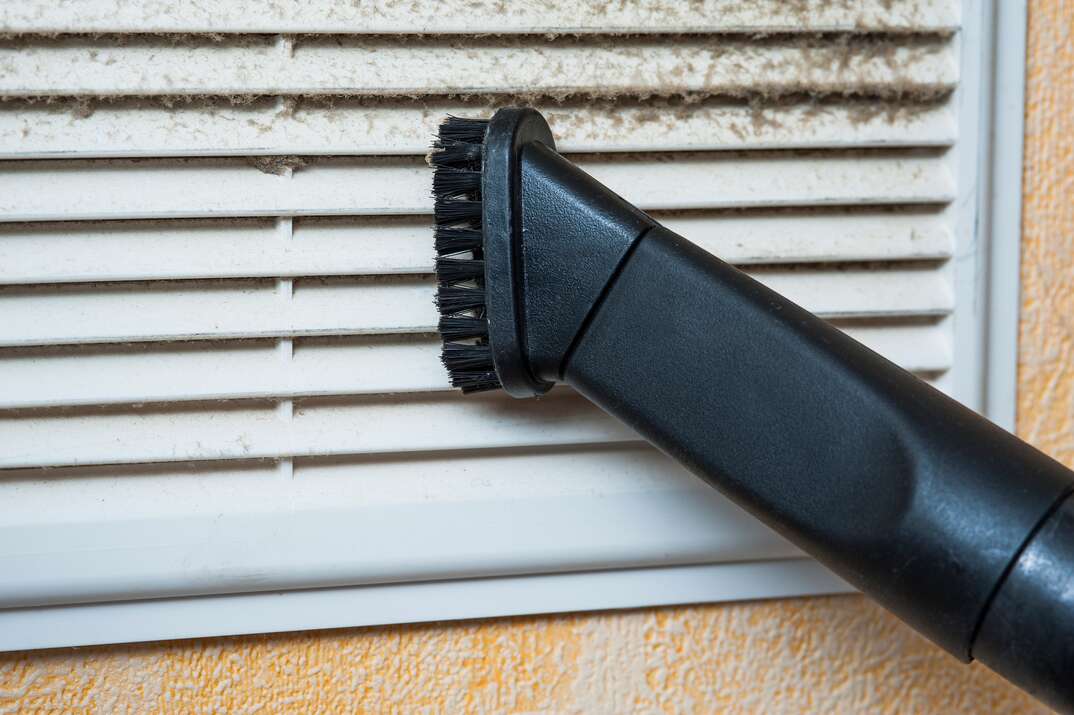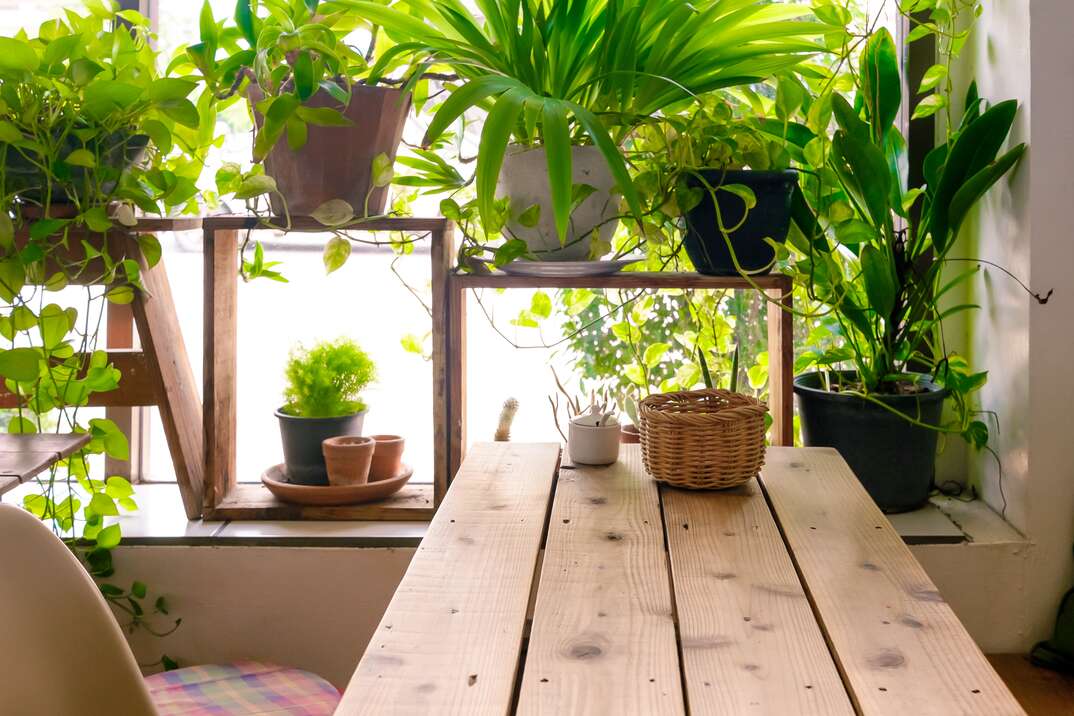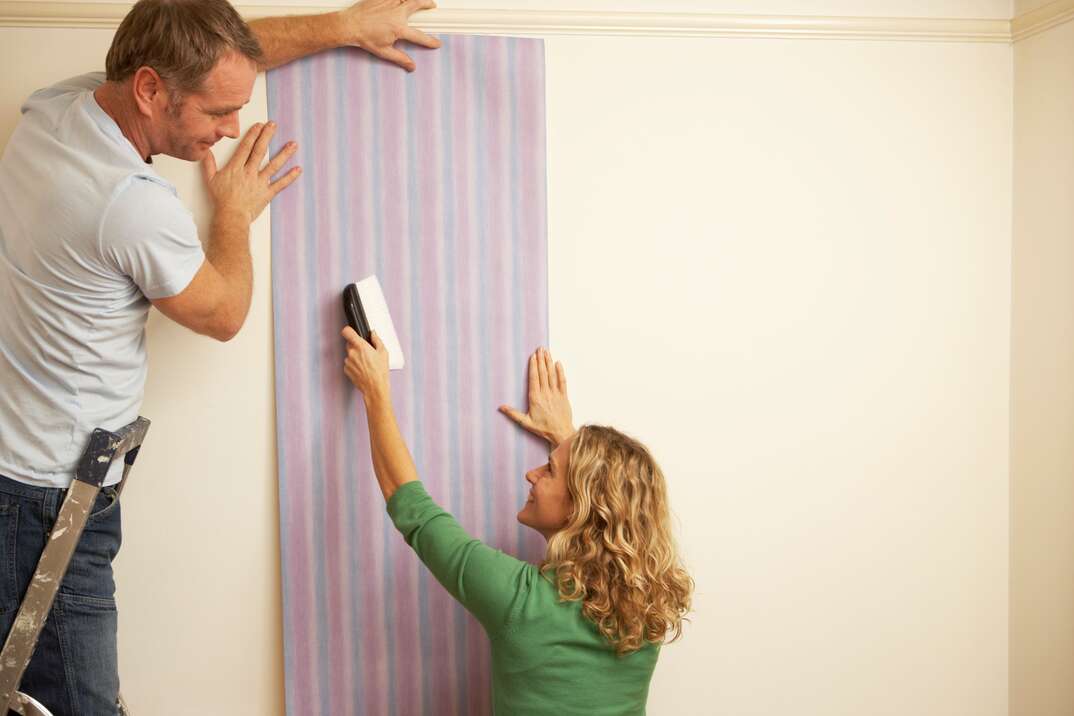10 Tips to Improve Indoor Air Quality in Your Home

The indoor air quality inside your home is arguably one of the most important quality-of-life issues you can have. According to the EPA, bad indoor air can cause symptoms that include coughing, wheezing, dizziness and fatigue, with some symptoms showing up right away and others mysteriously coming on after several years. Keeping the air in your home fresh and clean is important, but it can be difficult. The air that you and your family spend most of your time breathing can be two to five times worse than the air outdoors. It doesn't have to be this way.
This May Also Interest You: Is an Air Filter Subscription Service Worth the Cost?
Here are 10 easy tips for immediately improving your home's indoor air quality:
1. Change Your AC Filter
Changing your air-conditioning filter is an obvious first step to better indoor air quality. After all, this is the main thing in your home that filters air for you. An awful lot of people forget to change it, though, or they don't do it enough. Depending on the specific type of air filter you have, it’s recommended that you change your AC filter at least twice a year, or as often as every month. If you live someplace with generally poor outdoor air quality, such as a polluted city or near a busy road, then you could even replace your AC filter more often than that.
2. Don't Forget About Other Air Filters
The air conditioner may not be the only device in your home with an air filter. If you have a dirty or worn-out filter anywhere in the house, it's bound to blow pollutants all over when it gets used. These pollutants include dust mites, smoke particles, dust and grime from outdoors and pet dander. Ash from the fireplace and even airborne grease particles from the kitchen also worsen your indoor air quality. Any of these things emitting from a dirty filter in your bathroom ventilation duct, for instance, causes your home's main air filter to work harder and wear out sooner.
3. Check Your Air Ducts
The air that blows through your filters travels through your home's HVAC ducts. These are the spacious, thin-walled vents inside your home's walls, ceiling and floor. Homes with poor indoor air quality have lots of particles floating in the air, and some of them are bound to leak into the vents over time. These particles cling to the walls of the ducts and create a grimy layer that gets blown out into your living room or bedroom the first time you turn on the AC in summer or the heater in winter. Keep your ducts clean with twice-annual cleanings and regular inspections for mold, leaks and debris that can affect indoor air quality.
4. Use Cooking Vents
The kitchen is a huge source of indoor air quality issues. Stovetops are especially prone to tossing small particles of grease and food matter into the air. In the United States, almost every housing code requires a ventilation hood to be installed over the stove. These hoods usually have a fan in them that pulls foul air and smoke away from the cooking surface and into a duct that vents to the outside. Use this feature any time you cook on the range, and keep the air quality in your kitchen from affecting the rest of the house.
5. Keep Your Rugs and Carpets Clean
Carpets and rugs are often overlooked as a source of indoor air quality issues. If you think about how much airborne debris falls into them, however, it's a wonder they don't do more to hurt your indoor air quality. Dust, shed skin and even grosser things — such as spider eggs and dried out bits of housefly — all eventually fall into the carpet and settle in, waiting to be kicked up by passing feet. Vacuum this debris out regularly, or take the portable rugs outside for a good solid beating every week. Remember that your vacuum cleaner is also probably outfitted with an air filter, so keep that clean as well.
6. Take Your Shoes Off
Most of that dust and grime didn't get into your carpet by accident. Rather, most of the debris in your rugs was tracked into the house on the soles of your family's shoes. If you don't do it already, try to get into the habit of slipping off your shoes at the door, before you walk across carpet. If you prefer not to be barefoot, you can keep a comfortable set of house slippers handy and just wear them indoors.
7. Use Only Non-Toxic Cleaning Agents
Dust and floating bacon grease aren't the only things negatively affecting your indoor air quality. In some homes, the chemicals you use to clean up can significantly lower the quality of the air you breathe. Cleansers, degreasers, drain cleaner and the like can all release some pretty toxic chemicals into the air, all of which have the potential to trigger allergies or worse. Try to use the mildest agents you can inside the home, and always make sure your rooms are ventilated well. This is especially important for rooms where you've used potentially volatile chemicals, such as drain cleaner or bleach.
8. Keep Your Pets Groomed
Pet dander isn't generally life-threatening, but it can feel that way to someone with allergies or a serious case of asthma. Even a small house pet can shed enough allergy-triggering dander every day to irritate even the eyes of the most allergy-resistant pet owner. Simply grooming your pets regularly, with frequent baths and brushings for cats and dogs, greatly reduces the amount of hair and pet skin that's available to trigger itchy, watery eyes and lower the indoor air quality of your home.
9. Control Humidity in Your Home
Most people don't think about water as a source of bad air, but it's easily one of the leading causes of poor indoor air quality. Even the tiniest drop of moisture in the wrong spot can nourish a colony of mold, which at the best of times is an unsightly source of spores and other allergens. Some varieties of mold are worse than irritating, as some colonies release highly toxic fumes into the confined spaces of bathrooms and kitchens. If you don't already have a dehumidifier, it wouldn't be a bad investment to get one, and never let a room sit with steam in it for long, such as after taking a shower.
More Related Articles:
- Allergies Are Nothing to Sneeze at. Here Are 12 Ways to Allergy-Proof Your Home
- 5 Tips for Fresher Indoor Air This Winter
10. Buy Indoor Plants to Freshen the Air
You can't beat plants. All day, every day, almost all they do is suck up contaminated indoor air and spew out nice, clean oxygen that has been scrubbed of pollutants. Putting just a few of nature's little air filters in and around your house ensures you have a regular air scrubber working for you that doesn't need electricity or filter changes. Ideally, you can go for a tropical variety of plant with large stoma, which are the holes in the leaves that air passes through. Rubber plants are generally good this way, as are succulents and poinsettia.
Considering all the time you spend inside your home, there’s no reason not to invest in making sure you have good indoor air quality. That takes some planning, effort and regular service from trained professionals who can help you change your filters, clean your air ducts and properly maintain the heating and air system in your house.

Being prepared for life’s unexpected home-repair messes is also a good investment. Having a plan in place from HomeServe can help to bring HomeServe’s more than 15 years of experience to your doorstep. Find out why over 4 million customers trust plans from HomeServe to give them peace of mind in dealing with home repairs.


